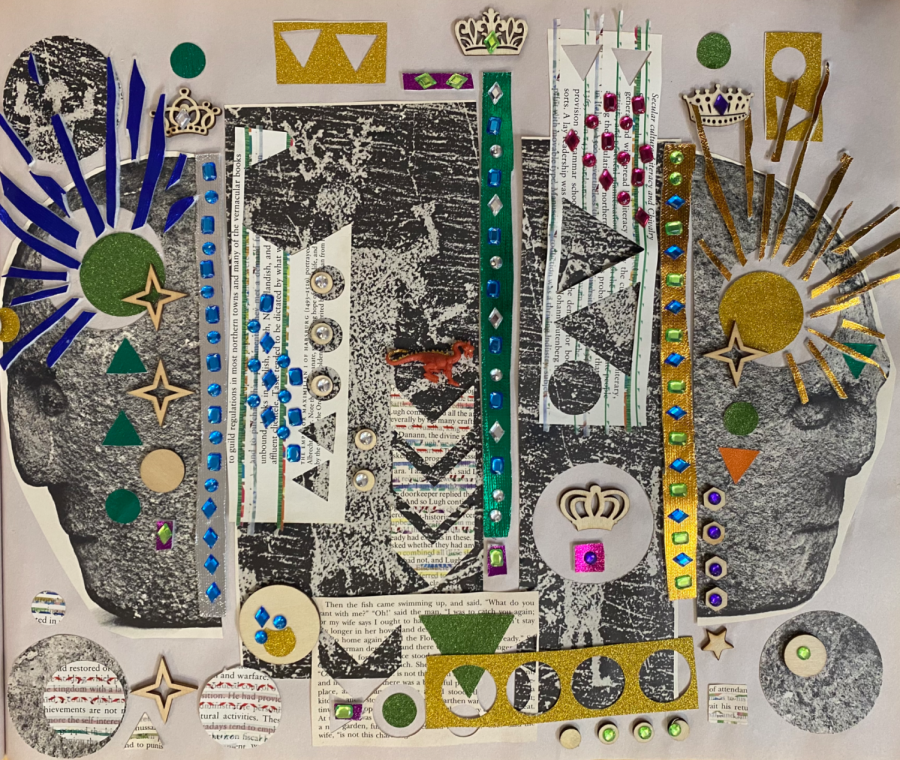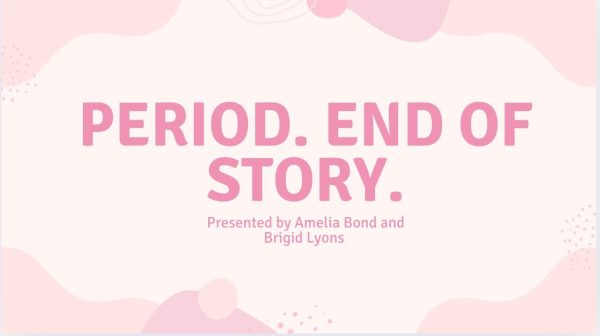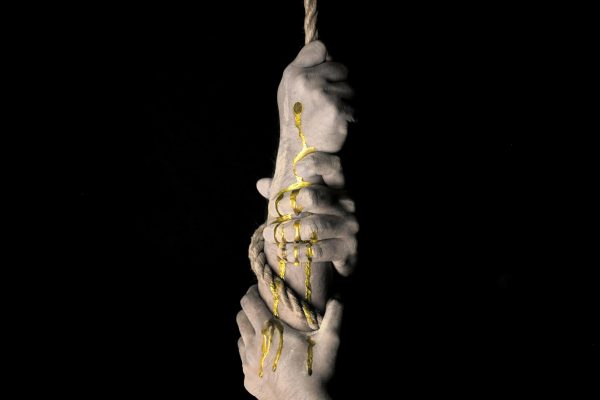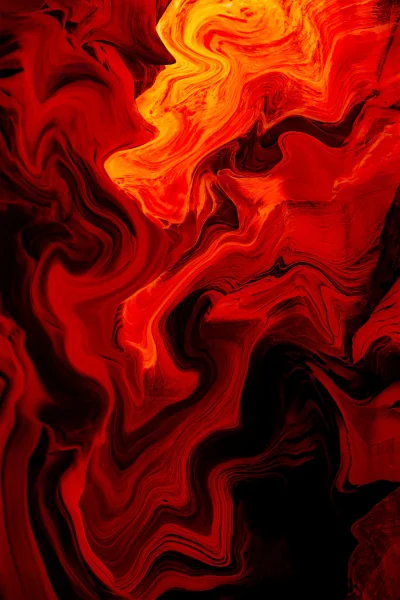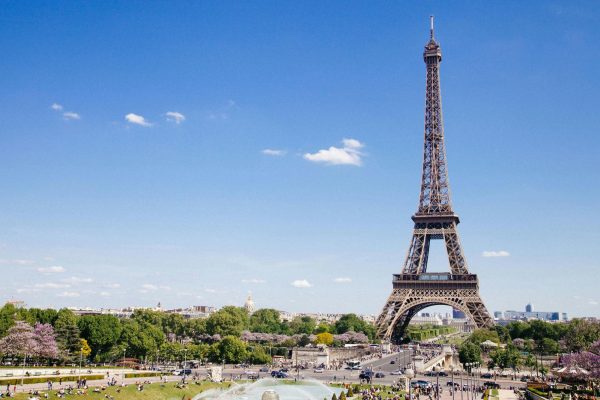Ms. Koza IMPACT Moment Interview
As you mentioned in your presentation, you faced a lot of emotional challenges when your friend Eric passed away. Prior to his passing, have you experienced anything like this before?
No, this is the first time I’ve lost a friend. I’ve definitely lost loved ones in my life, but they were family members. I’m not saying one is superior to the other, but friends are people you choose to have in your life and so it’s the first time I’ve lost someone like that. He was someone I connected with not because I had a blood relationship, but Eric was my friend and so it was very different from other grieving experiences that I’ve had.
Many young people like yourself don’t usually lose young friends at such a ripe age, so what did it feel like to lose a close friend like Eric at such a young age?
I’ve been thinking of that a lot recently. He passed away in early August, and I have to remember that because I feel like I have gone through a pretty intense grieving process. In mid-September there was a memorial service which I attended, and that day, and a couple days after I was feeling very raw.
I noticed myself thinking about his death a lot and what has been different from other grieving moments was that the story has stopped. The story I had been telling myself about what our friendship was and what our relationship would be and what the future of that relationship would be, just stopped. I literally have moments where I’m like, oh I want to tell that to Eric, but I can’t. It’s been frustrating in a way different from other people that I’ve lost.
In your presentation you mention joy being part of your memory of Eric. What is your best, most joyous memory of Eric?
I think about going to the theater. I think about him texting me and being like, hey, there’s a reading down at NYU this afternoon, do you want to come? I did stuff like that with him.
I remember two theater experiences that were really remarkable. He took me to see Mabou Mines, experimental theater group. Every one of their performances is different, because they are constantly workshopping the play, and it was a performance of Euripides’ Medea. The woman who played Medea gave a really visceral performance that really transformed my understanding of the play.
Another time we went up to a little theater on 106th Street in Manhattan, and it was a theatrical reinterpretation of Clarice Lispector’s first novel. What was particularly interesting about that experience was that I was aware of Clarice Lispector. I had read some of her stuff. I knew who she was, but I hadn’t become interested in Lispector. He took me to that performance and first of all I was like, wow, the way that she writes about being a woman, about living in a man’s world, and about the anxieties she faces, I just saw myself very intensely in that character. Then, after I saw myself, I went, this is mine because I am a Brazilian woman. It was a really powerful moment of getting my culture fed back to me. That was what was really cool about Eric. He would see something and be like, Michelle would enjoy this and then he would bring me to it. It wasn’t just random; it was like you would be interested in this because this is who you are, and then I became obsessed with Clarice Lispector after that.
He was really good at identifying something about who you were and then giving you an experience or something to think about that was just really galvanizing to some part of yourself that you hadn’t thought about.
You said in your presentation that Eric would want you to make art. Why do you think of all things he would want you to make art? Specifically, why did you choose collage as your form of art?
He was always encouraging me and I think especially for young women in the world, it can be very hard to self validate and Eric was the type of person who would totally validate you. He would see something in you that he wanted you to pull out and I think he would want me to make art because that is what I do.
It’s a mystery why I chose collage, because my primary art form is printing. I very rarely had done collage, and I don’t really know why exactly I was called to do collage. The way that I started the project was through this idea of dissolving. It started with some writing. Whenever I need to process something, writing is my medium, so when I started grieving, that was how it started. I was writing a lot and at one point I was listening to the sounds outside my window and I was writing in the moment and the whole city was coming into my window at the same time and I was just thinking about the sounds of life and how things ebb and flow. The last thing I wrote in that particular passage was the final phrase, “and dissolve with you, my friend.” So, how do you continue when someone has been lost? I was thinking about something I call the atomic drift, which we are all a part of. You and me, we’re little whirlpools that coalesce in the atomic drift, and then we dissipate, just like ripples in water, very delicate, and that was kind of comforting, and also very upsetting. That we all dissolve back into the same stream; we come out of it and go back into it again and again. And so I was thinking of dissolution, and from that the idea of fragmentation was a natural step.
My visual arts practice is very focused on crafting. I do a lot of crafting and the primary way I express myself artistically is through card-making. I’ve made greeting cards for years and that’s where the printing comes from. So I have a ton of different kinds of craft materials in my house, including paper punches in a variety of different shapes. I don’t know what moved me precisely to do this, but my parents had brought to me some books that had been sitting in my closet for years from when I was growing up in Brazil. I’ve also collected used books that I bought at the Strand. The Strand is a very large book store in New York City; it’s right outside of Union Square. Eric lived on East 11th Street in the Lower East Side, so when I would go visit him, I would get off the train in Union Square and then I would walk to his house past the Strand. The Strand has the best cheap book section you can imagine. Most books stores might have 1-2 of those racks outside. The Strand had dozens.
Over the years I’ve accumulated some books that I knew I would use some day. There was a sort of convergence of paper in my house. I started out with the idea of storytelling, which, as I mentioned in the presentation, Eric was a storyteller. He told all sorts of stories, his own stories, other peoples’ stories. He traveled places and he would tell you about those travels; he would talk about the people he knew because he knew a lot of people. So I started by thinking of the fragmentation of stories, and so I had this Grimm’s Fairytale book. I started taking it apart and, with just really basic composition, punched out a bunch of different shapes and I started playing around with them. I had another book which I had bought at The Strand many years ago, about Celtic culture. Eric was very proud of his background and he loved history and he was French and Italian. The French were Celtic, so I started blending the Celtic text with the Grimm’s fairy tales, but the things about the Celtic book that were really cool was that it had a lot of photographs of mostly paleolithic stuff. Very simple shapes, but very evocative. So I started thinking about what parts of the story are taken out and what parts of the story are put back in, and then how all of that gets rearranged. Ultimately that’s the reason I did collage because of the idea of fragmentation. This is true of my work in general. I am very intuitive as an artist and writer. And so I think my intuition led me to do collage because of this idea of fragmentation, which I probably wouldn’t have been able to achieve with a different medium.
Also, recontextualization, because as the project went on I decided that if I had just stayed with the paper punches and the two texts I would have only gotten so far. And if you look at the whole sequence of collages, you can see that I could’ve just kept reiterating the same thing again and again. I thought to myself that I have an opportunity here to push it further. And so at this point the next step was to add another material, because with each new material it creates a new level of complexity and a new landscape that I have to negotiate. What that did was it put me in a situation where I couldn’t just do the same thing again and again that I had been doing, but with every new material I had to rethink what my approach was each time. It was a wonderful process piece, which if you know me, I am the process queen, so I recognized that if I had laid out all of my materials at the beginning of that process, I would’ve been overwhelmed and I wouldn’t have been able to do it. But the fact that I introduced one material at a time throughout the process made it so that I could get control over and master what that particular material was telling me to do before I moved onto the next thing. That was part of what kept the flow going.
What was really cool about that was I was going through my stuff, so as I was putting myself through these pieces I went digging for materials. As I was doing that I found a plastic key that’s in one of the pieces. That key came from something Eric and I did together. It was in Times Square, in this warehouse space, in one of these giant performance spaces. The name of the exhibit was “Gulliver’s Gate.” In this space there were gigantic displays of miniature cities, there was New York, there was Rio, there was the Alps, I mean anything you could possibly think of. And as you went around you had this key, and you would tap the key to the display, and the whole thing would come to life. It was this bizarre thing that I wouldn’t have done without Eric; it was an Eric-type-of-thing. What was really cool about it was that I kept the key and forgot I had it. In the process of digging for material to make the series, I found it. So, it was really just this beautiful moment of serendipity.


